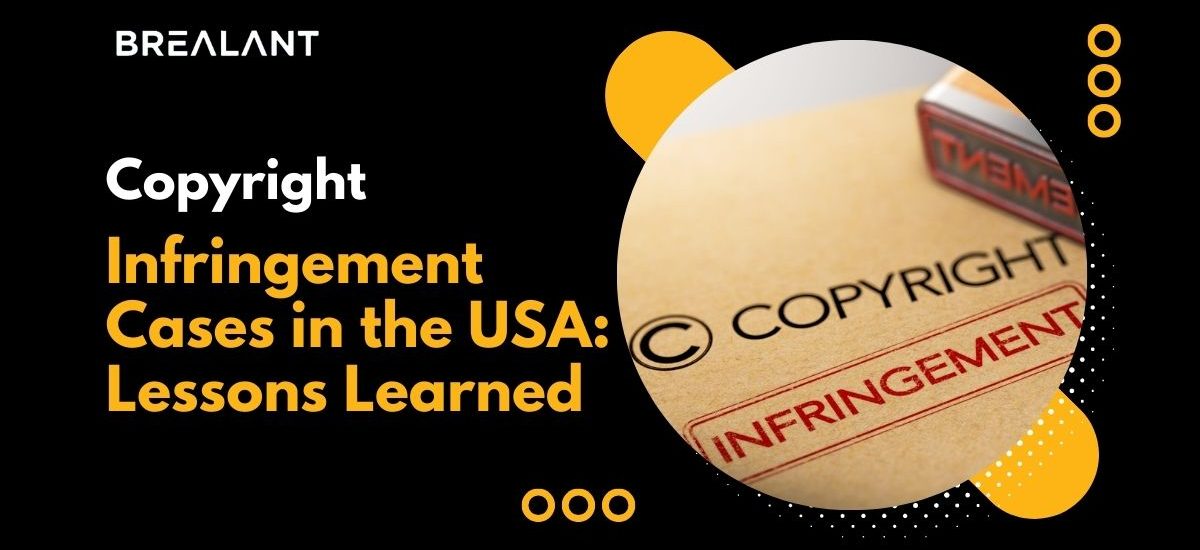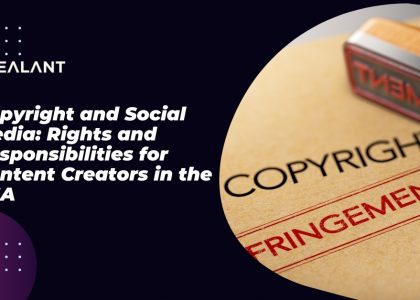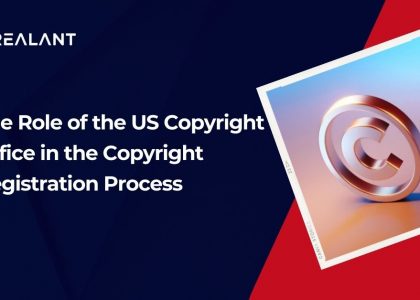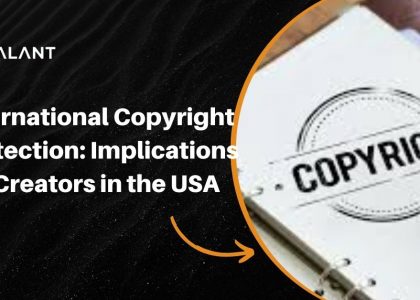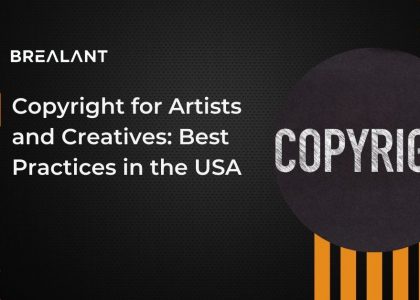Since the dawn of time, humans have grappled with the question of what rights they have to protect their creative works. In the United States, the law has tackled this question through cases such as copyright infringement.
Generally speaking, copyright protection extends to original works of authorship, including literary, artistic, and musical compositions, motion pictures and videos, sculptures, paintings, and drawings. Under United States law, an “author” is someone who creates a work in a tangible form. The creator doesn’t need formal training or a college degree to be an author. All you need is an understanding of creative expression and the ability to put thoughts into words or images.
Copyright infringement can have serious consequences for individuals involved in its commission. Copyright law protects creative works so that others can use them without fear of lawsuits or legal reprisals from the original author or copyright holder.
To prevail in a copyright infringement case, a plaintiff must prove that:
- Ownership of the copyrighted work was legitimately claimed.
- use of the copyrighted work without permission amounted to an infringement.
- damages were suffered as a result of the infringement, and
- the defendant engaged in any scheme or plan to commit the infringing act(s).
Let’s look at some of the cases for better understanding:
- ANILLA ICE VS. DAVID BOWIE & FREDDIE MERCURY: This case concerns Vanilla Ice’s song “Ice Ice Baby.” Under Pressure by David Bowie and Queen was sampled in the song, although no credit was given. Vanilla Ice eventually acknowledged utilizing the same melody after initially denying it. The outcome was that a confidential, out-of-court settlement was agreed upon in the dispute. Ultimately, Vanilla Ice agreed to pay a set amount and gave Bowie/Queen credit for the song. We learned from this case that copying another artist’s work is never beneficial.
- THE ASSOCIATED PRESS VS. SHEPARD FAIREY: When the Associated Press published a photo of US ex-president Barack Obama in 2008, a local artist named Shepard Fairey grabbed the picture and altered it into a colored poster. The ‘Hope’ poster, created by the artist, quickly garnered notoriety when displayed during Obama’s first presidential campaign. The use of the photo in Fairey’s artwork was subject to AP’s demand for payment in January 2009. Fairey responded to these requests by asserting that his work should be considered fair usage because it didn’t diminish the value of the original photograph. A secret settlement between Fairey and Associated Press came to fruition in January 2011, and a portion of it involved splitting the poster’s earnings. Despite the fact that there was no court case or final judgment, this case generated a lot of discussion on the importance of effort in copyright disputes. An appropriate license to utilize a copyrighted work could save both parties a time and effort. So, remember to organize your permissions, and if in doubt, give credit where credit is due!
- THE UNIVERSITY OF OXFORD VS. RAMESHWARI PHOTOCOPY SERVICES: The case’s origins can be traced back to a common practice at the University of Delhi, where copy shops will make copies of required readings from textbooks and provide them to students at discounted prices. The chancellors, masters, and scholars of the University of Oxford brought a claim for copyright infringement against Rameshwari Photocopy Services under Section 2(o) of the Copyright Act to oppose the same. Due to evidence that the shop had a valid permit to operate on DU’s North Campus, the publishers were forced to drop their actions against the defendants.
Copyright infringement varies in its severity by country. It is usually considered a civil wrong, punishable by a monetary settlement or court judgment. It can also result in fines or imprisonment. Even if you are not found guilty of copyright infringement, it can damage your reputation and business dealings.
Conclusion
The lesson that should be learned from these cases is that anyone engaging in copyright infringement will face serious legal repercussions – long before anyone can even think about filing a lawsuit. Additionally, it is vital to remember that copyright protection is not limitless – specific uses of a copyrighted work may be permissible without violating the owner’s rights. Just because you think your use of a copyrighted work falls within this category does not mean that you are protected from legal action.
In recent years, copyright infringement has become a big concern. With the rise of technology and the Internet, it has become more accessible for people to copy and share copyrighted works illegally. This has led to a lot of lawsuits and settlements. Protect your brand from unwanted infringement with effective procedures guided by the best professionals of Brealant. The firm strives to provide the best-in-class intellectual protection solutions for your brand.

